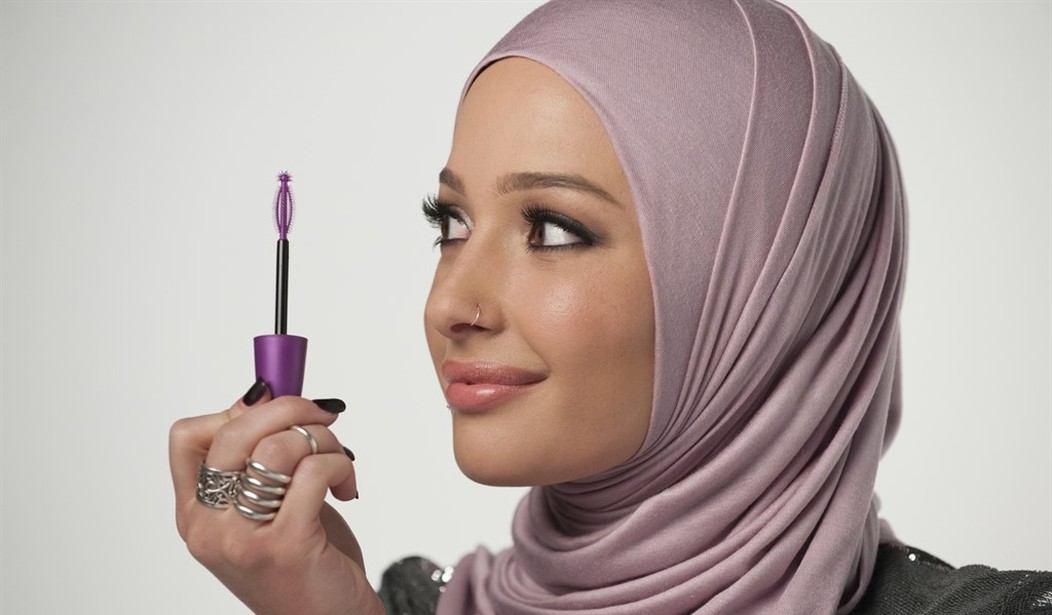A review of a law that requires women to cover their heads is underway by Iran’s parliament and judiciary according to the attorney general. This is a sign of desperation by Iranian officials who have been unable to stop the protests, led by women, that are found in cities across the country.
The protests began after the death of Mahsa Amini, a 22-year-old Kurdish-Iranian woman, on September 16. She was arrested by Iran’s morality police for an alleged breach of the dress code. She was not wearing a hijab, or head covering, in public. In response, protesters are burning their head coverings and shouting anti-government slogans. Many women are refusing to wear a hijab now, especially in Tehran.
Hijabs became mandatory apparel for all women in Iran in April 1983, four years after the 1979 revolution. When the Iranian monarchy, which was backed by the U.S., was overthrown, draconian Islamic laws were reinstated. Prior to the revolution, Iranians, including women were living much like Western countries. Will a change in the hijab law make enough of a difference to the protesters now to end the protests? That is what officials are trying to figure out.
“Both parliament and the judiciary are working (on the issue)”, of whether the law needs any changes, Mohammad Jafar Montazeri said in the holy city of Qom.
Quoted on Friday by the ISNA news agency, he did not specify what could be modified in the law.
The review team met on Wednesday with parliament’s cultural commission “and will see the results in a week or two”, the attorney general said.
President Ebrahim Raisi said that though Iran’s republican and Islamic foundations are constitutionally entrenched, “there are methods of implementing the constitution that can be flexible.” He made the remark during a televised appearance to get the message out.
Iranian women were slowly showing some independence from the strict, mandatory clothing demands of the Iranian leadership. Women began wearing fashions seen in Western countries, including tight jeans, with loose, colorful headscarves instead of a traditional hijab. But, in July, Raisi, who is an ultra-conservative, called for enforcement of the headscarf law. Headscarves were not enough. Some women continued to bend the rules, like Mahsa Amini. The morality police force began to brutally crack down on women not in traditional hijabs in public. Physical violence against them as they were arrested was (is) common. Amini died of injuries she suffered during her arrest.
The protests continue to grow.
In October, supreme leader, Ayatollah Ali Khamenei, finally acknowledged the protests that began in September. He blamed the United States, Israel, and Kurdish groups based outside the country for inciting the protests. In November, the Iranian parliament voted in favor of executing 15,000 women protesters. Security forces are firing live ammunition at protesters.
Iranian protests are gaining support from the Iranian people, including the country’s soccer team at the World Cup. The team refused to sing the national anthem before their first match as a sign of solidarity with the protesters. That infuriated Iranian officials who responded by issuing threats to the team’s families. Many Iranians boldly celebrated the U.S. team’s win over Iran, an action that would have been unheard of until recently.
Nothing will happen right away. The Iranian officials expect their debates on the hijab law to last for two to three weeks. If it is changed, it will be an admission of defeat for the Islamic theocrats in charge of the government. Have the protests become so successful that the government will have to bend to allow women a bit more personal freedom?
For the first time this week, the Islamic Revolutionary Guard Corps reported that more than 300 people have died in the protests. The actual number is likely much higher.
Iran’s top security body, the Supreme National Security Council, on Saturday said the number of people killed during the protests “exceeds 200”.
Cited by state news agency IRNA, it said the figure included security officers, civilians, armed separatists and “rioters”.
Oslo-based non-governmental organisation Iran Human Rights on Tuesday said at least 448 people had been “killed by security forces in the ongoing nationwide protests”.
UN rights chief Volker Turk said last week that 14,000 people, including children, had been arrested in the protest crackdown.
Iran’s security forces reportedly demolished the home of the brother of Elnaz Rekabi, an Iranian woman who is a climbing champion who competed without her hijab recently in South Korea. Video footage shared online shows the alleged house.
«قهرمان مملکت کیلو کیلو مدال آورده واسه این مملکت»
-آدمهای جمهوری اسلامی خونهباغ خانواده #الناز_رکابی رو خراب کردند فقط چون جلوی حجاب اجباری ایستاد
pic.twitter.com/J6SAYVxxMP— Maryam Moqaddam مریم مقدم (@MaryamMoqaddam) December 1, 2022
An unidentified man off camera can be heard saying: “Where is the justice? This is the result of living in a country where its champion wins so many medals [but] her brother is hit with pepper spray and his modest working-class home demolished.”
I hope Elnaz Rekabi is still alive. She is presumed to be under house arrest after receiving a hero’s welcome in Tehran in October. She hasn’t been seen since.
Members of the regime’s cultural mobilisation force and security personnel were behind the demolition in the Zanjanrood city in the west of Iran, a source close to the Rekabi family told local press.
Mr Rekabi has also reportedly been fined 168m tomans (£4,000) for allegedly building his home without a construction licence.
Elnaz Rekabi received a hero’s welcome on her return to Tehran in October but later appeared on the state TV saying her scarf “had slipped off accidentally during the competition”. She has not been seen in public since and is believed to be under house arrest.
God bless the Iranian women and their families as they lead an unprecedented fight against the powers that be in their country. We’ll keep watch on what happens next.









Join the conversation as a VIP Member